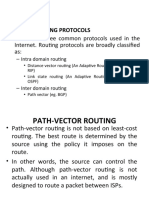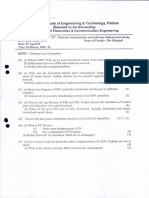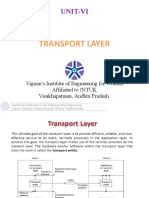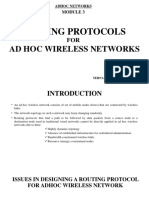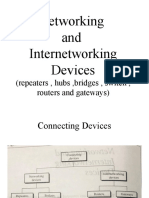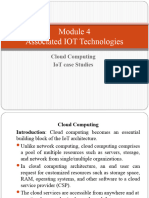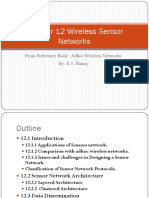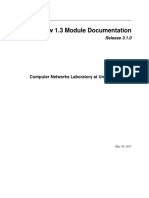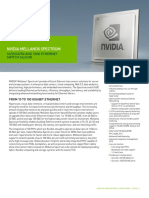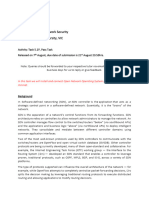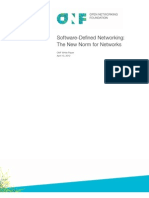0% found this document useful (0 votes)
158 views10 pagesSoftware Defined Networking
HAHAHAHA can help it for you like yes you should open this
Uploaded by
Kyth Winliet Berina GonzagaCopyright
© © All Rights Reserved
We take content rights seriously. If you suspect this is your content, claim it here.
Available Formats
Download as DOCX, PDF, TXT or read online on Scribd
0% found this document useful (0 votes)
158 views10 pagesSoftware Defined Networking
HAHAHAHA can help it for you like yes you should open this
Uploaded by
Kyth Winliet Berina GonzagaCopyright
© © All Rights Reserved
We take content rights seriously. If you suspect this is your content, claim it here.
Available Formats
Download as DOCX, PDF, TXT or read online on Scribd
/ 10






